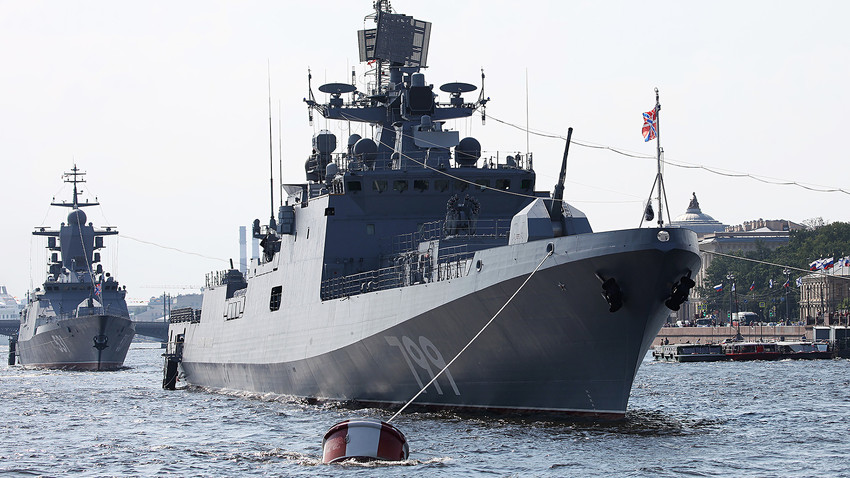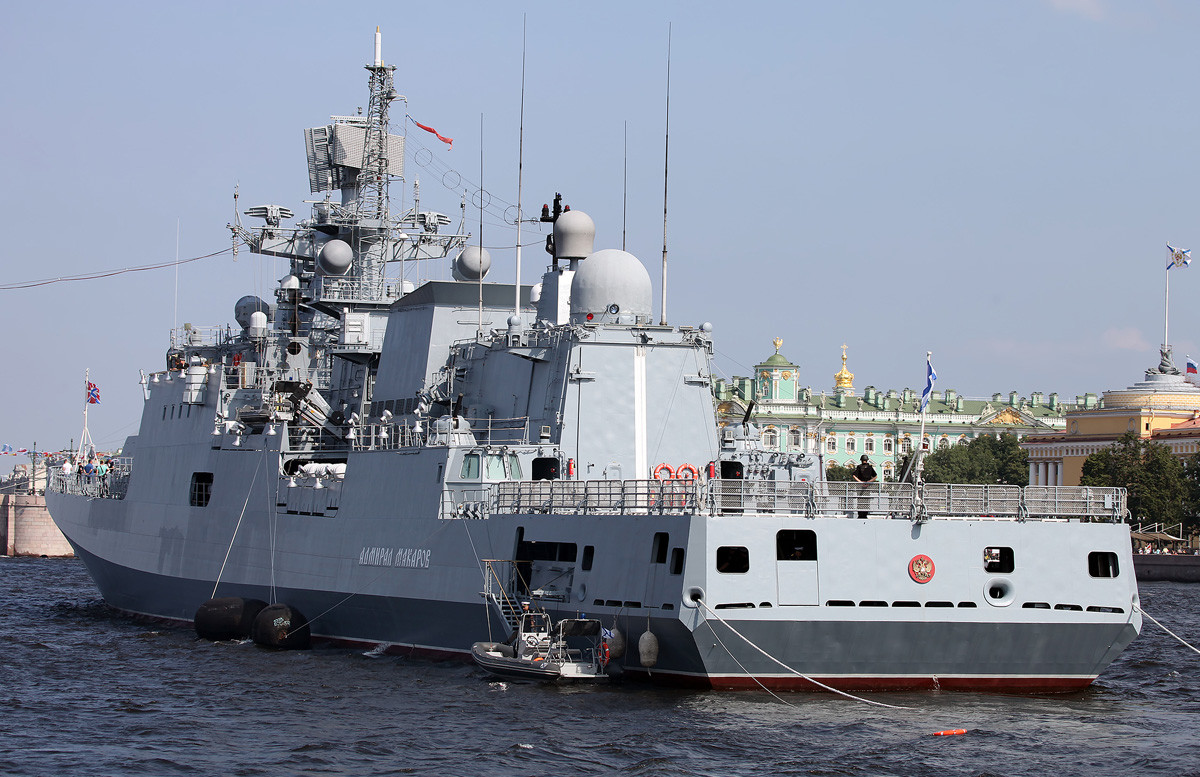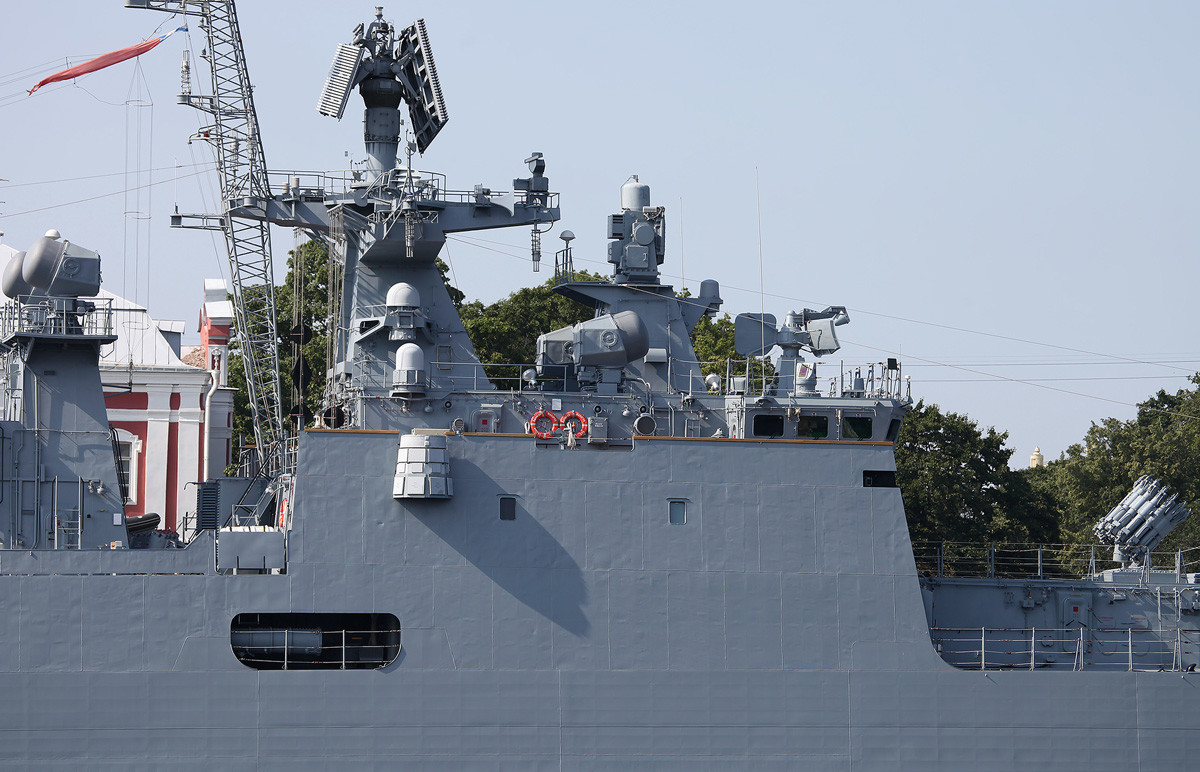Russia and India sign billion dollar military ship contract

In late November, Russia and India signed a $950-million contract for a number of Project 11356 frigates. India is now in line to become the first country aside from Russia to get ships equipped with Kalibr cruise missiles.
Project 11356
These new-generation ships have low visibility on enemy radar and acoustic reconnaissance systems. They can also reach
Project 11356 ships can cover a distance of nearly 5,000 nautical miles before needing to stop at a port to refuel. They are fitted with Russia's latest radar system, the Fregat-M2EM. Furthermore, each vessel has several fire control stations, which direct the onboard anti-aircraft and artillery weapons systems.
These
At the stern of the ship, there is also a landing deck for Ka-27 and Ka-31 military and transport helicopters. But the cherry on the cake is the 3S14 launcher, which is loaded with Russia's main striking force, Kalibr cruise missiles, which have been
Kalibr missiles
Their effective range varies from 300 to 2,600 km (the range of missiles exported abroad is half of that of the missiles supplied to the Russian armed forces). Furthermore, each Kalibr missile travels on a terrain-hugging trajectory, making it practically impossible to detect and destroy.
One important aspect is the payload of these missiles. Over the next decade, technological developments will make it possible to deck them out with a warhead similar in power to a nuclear weapon, but without the radioactive aftermath.
If using any of Russia Beyond's content, partly or in full, always provide an active hyperlink to the original material.
Subscribe
to our newsletter!
Get the week's best stories straight to your inbox

